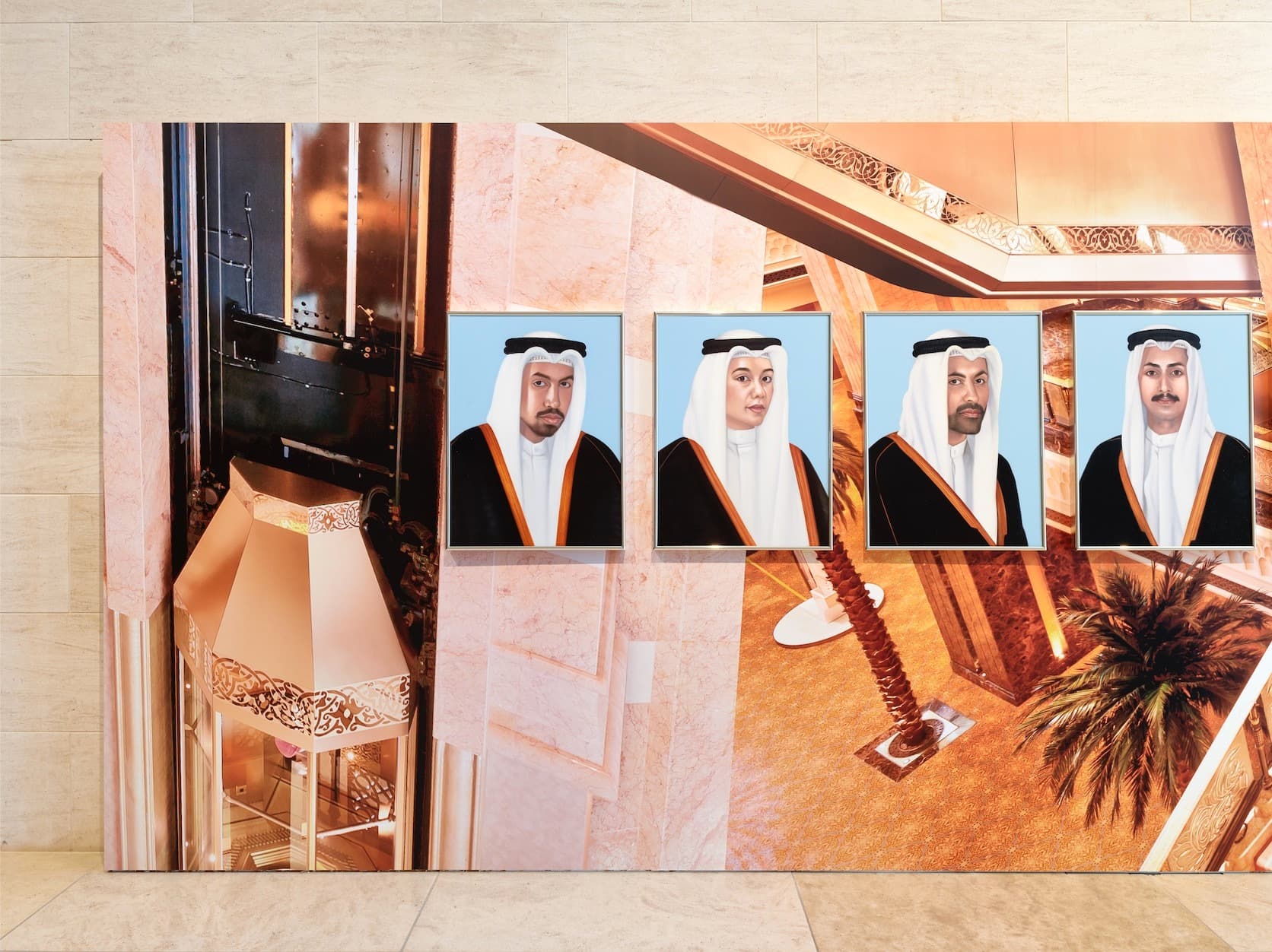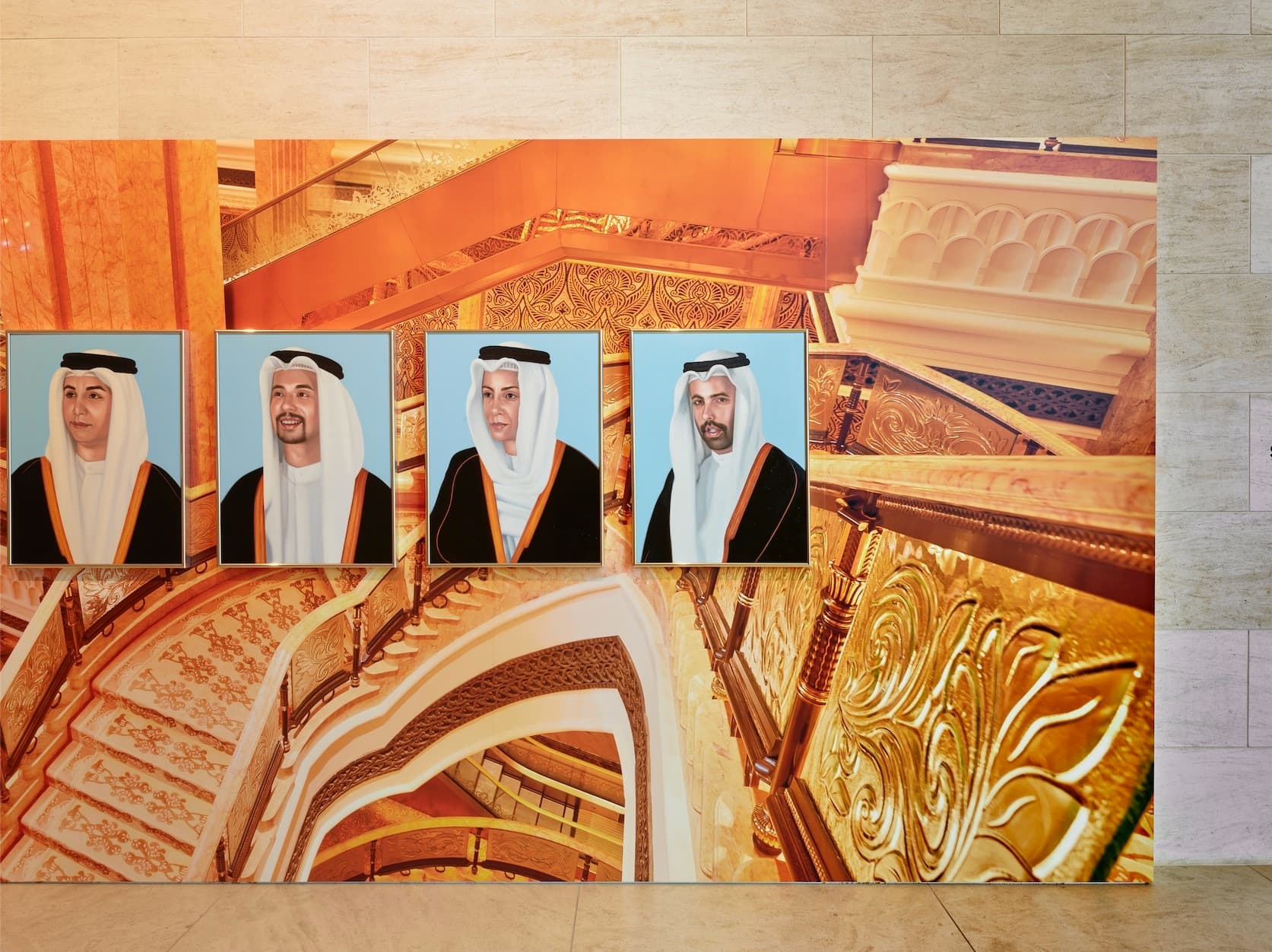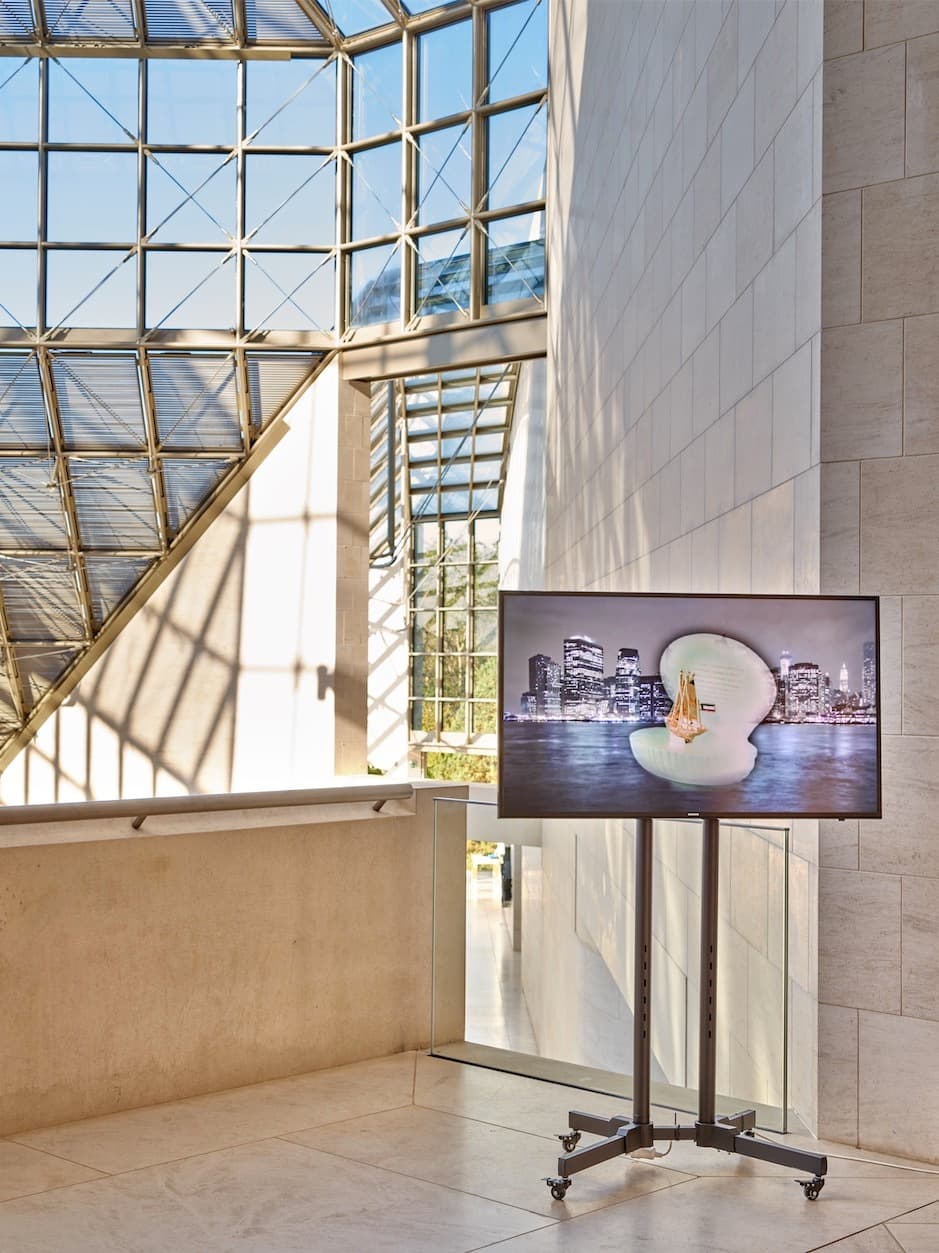,
Post-Capital: Art and the Economics of the Digital Age
MUDAM, Luxembourg



Post-Capital brings together works of sculpture, painting, photography, video and performance that address the nature of production, consumption and wealth. Developed within a period of significant change and uncertainty, the exhibition takes as its starting point the inherent paradox within a capitalist system that is both dependent upon and threatened by technological progress.
The exhibition takes its title from a 1993 book, Post-Capitalist Society, which predicted that the impact of information technology on the labour market would be so great that it would ultimately lead to the fall of capitalism by 2020. Published whilst the internet was still in its infancy (Luxembourg, for example, was connected in 1992), it predicted that in the future, knowledge, rather than capital, labour or land ownership, would become the basis for wealth.
Today forms of labour, currency, commodities and the nature of consumption have been dramatically transformed by technologies that continue to evolve. Multinational information technology and e-commerce firms are amongst the highest valued publicly traded companies. Information that is both abundant and infinitely replicable has become a valuable commodity that defies traditional economic principles whereby value is determined by scarcity. Post-Capital presents works by twenty-one artists that variously explore the aesthetics, paradoxes, absurdities and ethical questions posed by post-industrial and perhaps post-capital economies.
Works by Cao Fei, Simon Denny, Liz Magic Laser and Cameron Rowland explore the nature of contemporary labour conditions, referring respectively to the phenomenon of the automated logistics centres and warehouses, the gig economy and biometric time clocks. Elsewhere in the first-floor galleries, LED paintings by Ei Arakawa, video installations by Mohamed Bourouissa and Yuri Pattison, and photographs by Shadi Habib Allah feature so-called ‘mediums of exchange’ from the minting of coins at the Monnaie de Paris to the production of Bitcoin in rural China and the unofficial trade of welfare credit in convenience stores in Miami.
Also on the first floor, other works by the artist collective GCC and Guan Xiao can be seen to respectively address conspicuous consumption or overproduction. Photographs by Josephine Pryde and a specially commissioned mural by Nora Turato consider the evolution of language, communication and selfhood in the smartphone era. Video installations by Martine Syms and Sondra Perry refer to the to the commodification of personal data, raising questions of identity, authenticity and individual sovereignty. Sculptures by Katja Novitskova playfully allude to the emergence of the so-called ‘attention economy’ in an information-saturated world. A painting by Laura Owens and a series of photographs by Nick Relph conflate digital and analogue media. The former referring to ephemeral print and 20th century advertising and the latter referencing urban gentrification it the 21st century.
Several works are drawn from Mudam’s collection, including GCC’s works, which were donated to Mudam in 2015 and 2020 and are presented at the museum for the first time.